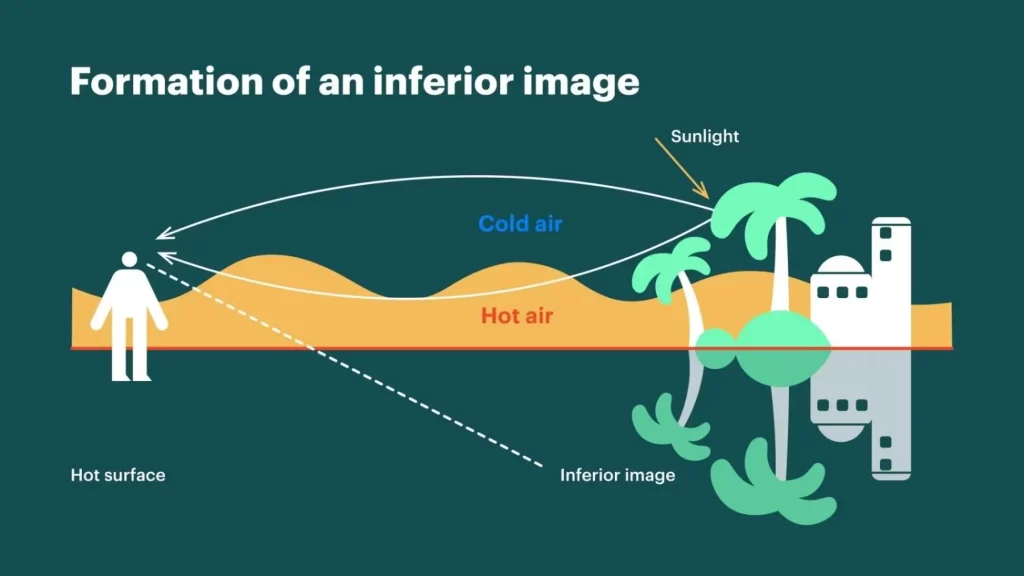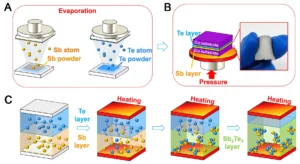Mirages have long captivated human curiosity with their illusionary appearance, often conjuring images of water in desolate landscapes. Among these mirages, the sight of water shimmering on hot desert surfaces stands out prominently. Known as “mirage water” or “desert mirage,” this optical phenomenon has intrigued scientists and mesmerised travellers for centuries. Exploring the physics behind mirage water unveils a fascinating interplay of light, temperature gradients, and atmospheric conditions that create this captivating illusion.
Understanding Mirage Formation:

At its core, a mirage is a natural optical phenomenon caused by the bending of light rays due to variations in the refractive index of air. These variations typically occur due to temperature gradients in the atmosphere, especially near the Earth’s surface.
In the case of mirage water, the phenomenon arises from a particular type of mirage known as a superior mirage or Fata Morgana. This type of mirage occurs when there is a sharp temperature gradient, with warmer air lying above cooler air. In desert environments, such conditions are common, especially during the day when the sun heats the ground intensely.
Key Factors Contributing to Mirage Water:
- Temperature Gradient: The most critical factor in the formation of mirage water is the presence of a steep temperature gradient near the surface. As sunlight heats the ground, the air in contact with it also warms up. However, the air slightly above the surface may remain cooler. This temperature difference leads to a variation in the refractive index of air, causing light rays to bend upwards.
- Total Internal Reflection: When light encounters a boundary between two mediums with different refractive indices, it can undergo refraction. In the case of mirage water, the bending of light rays due to the temperature gradient can lead to a scenario where light traveling from the sky to the observer is refracted downwards towards the ground. If the angle of incidence exceeds the critical angle, total internal reflection occurs. This phenomenon effectively “bounces” the light rays back upwards.
- Image Reversal: Total internal reflection results in the formation of an inverted image of the sky above. This image appears below the true position of the sky, creating the illusion of a reflective surface. Observers perceive this inverted image as a body of water on the ground, hence the term “mirage water.”
- Atmospheric Conditions: Atmospheric stability and clarity also play crucial roles in the visibility and intensity of mirage water. Calm, dry conditions are typically conducive to the formation of well-defined mirages. Additionally, variations in air density and wind can distort or dissipate mirage effects.
Conclusion:
Mirage water exemplifies the mesmerising interplay of physics and nature, where subtle variations in temperature and atmospheric conditions converge to create a captivating illusion. Understanding the underlying physics enriches our appreciation of this phenomenon, shedding light on the intricate mechanisms at play. As we continue to explore the complexities of optics and atmospheric science, mirage water stands as a timeless reminder of the wonders that surround us, waiting to be unravelled and understood.




